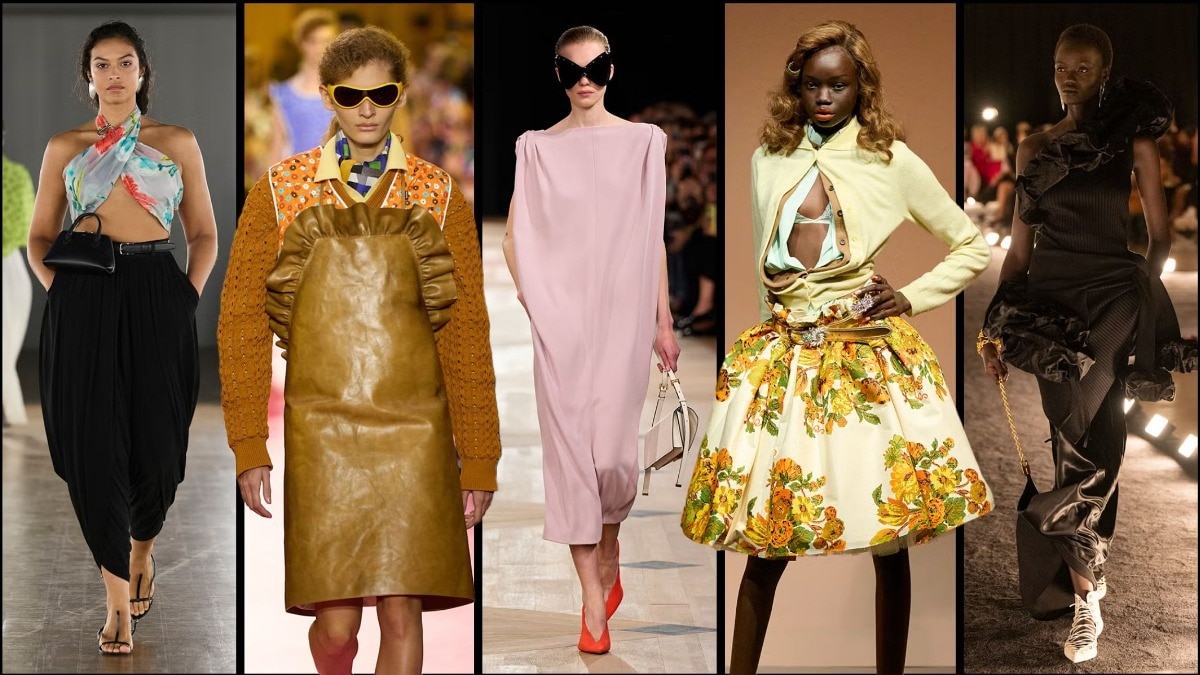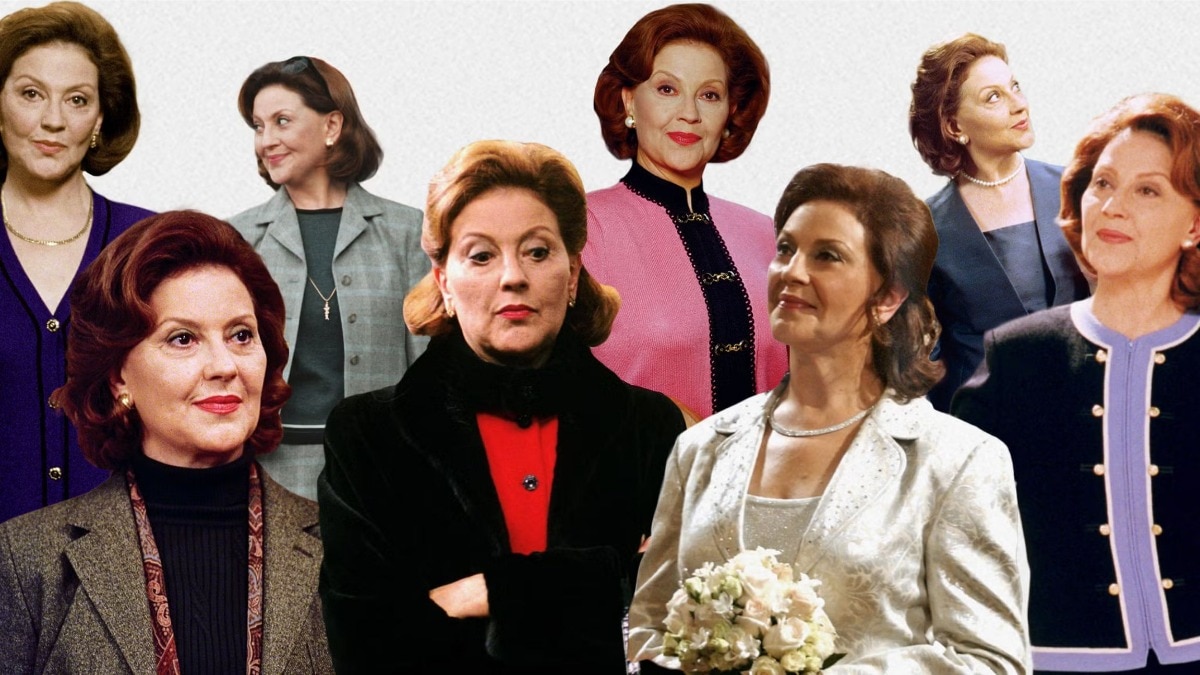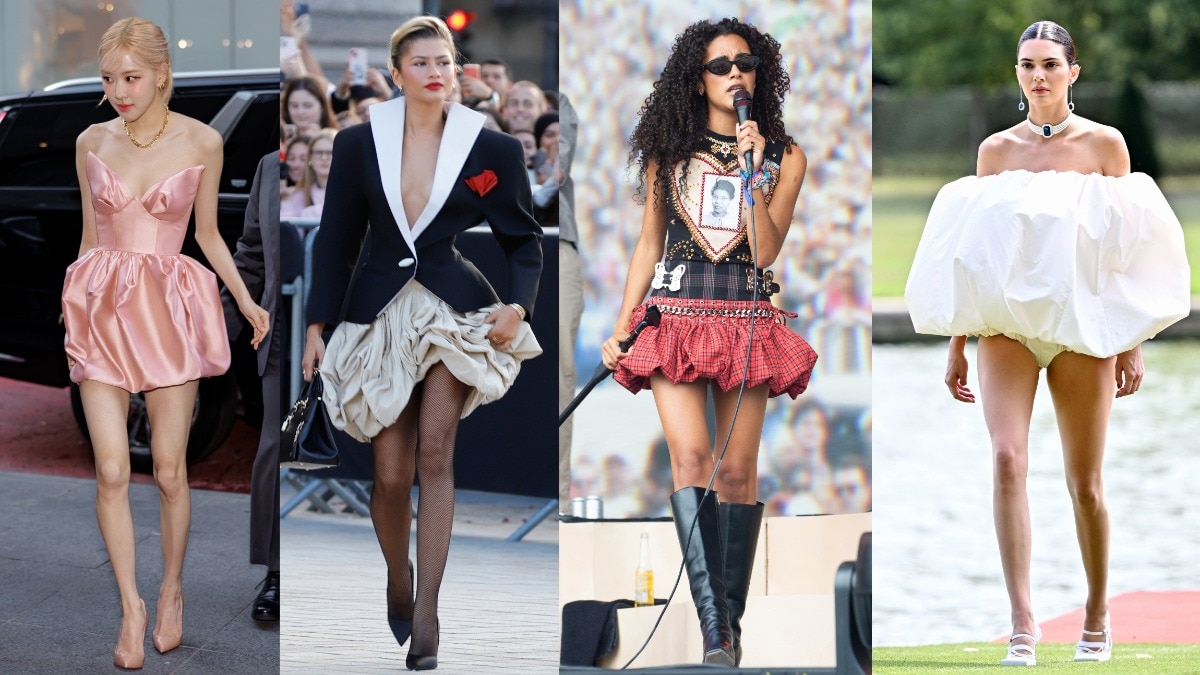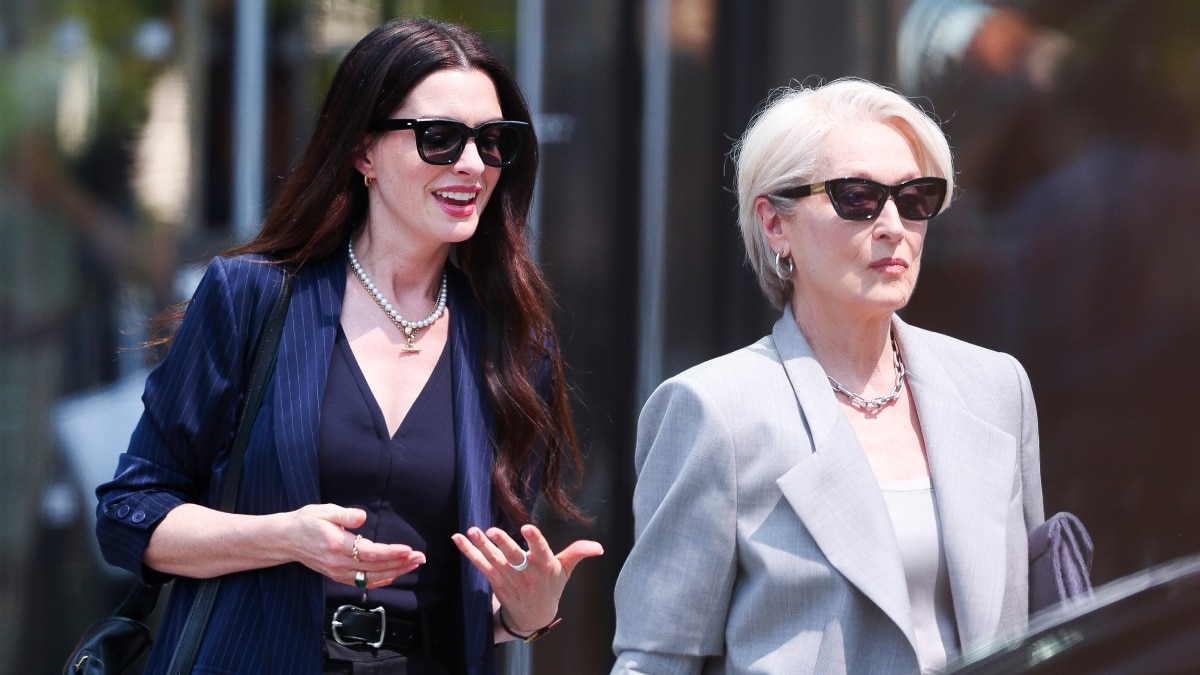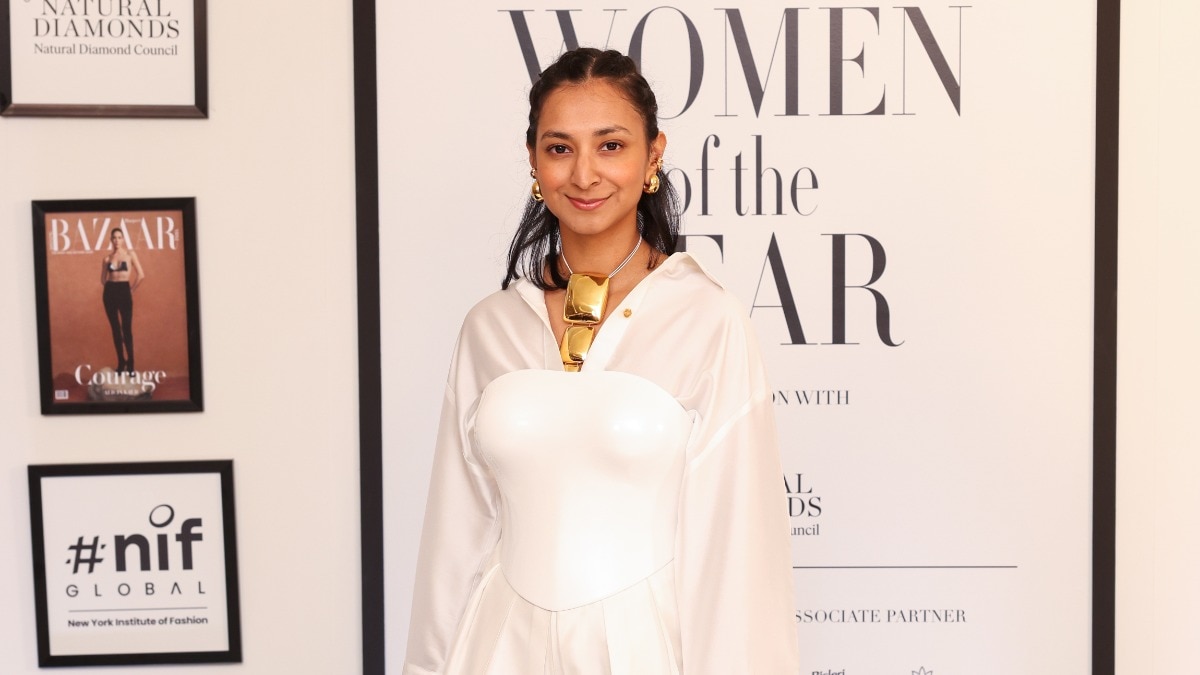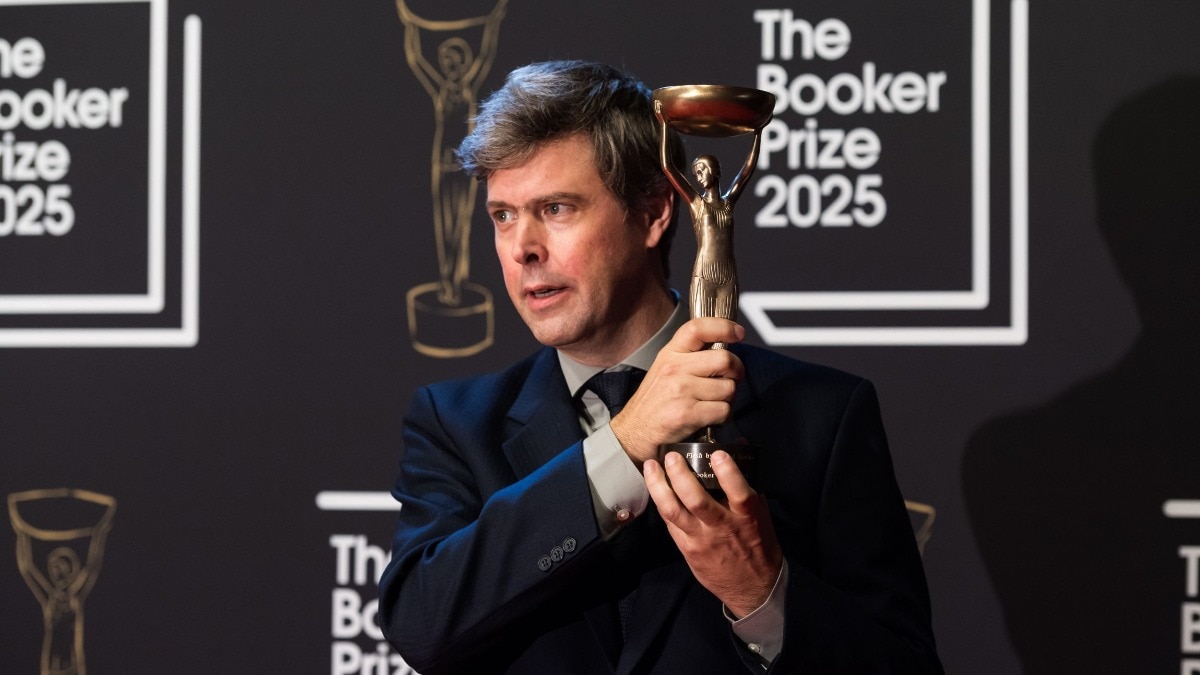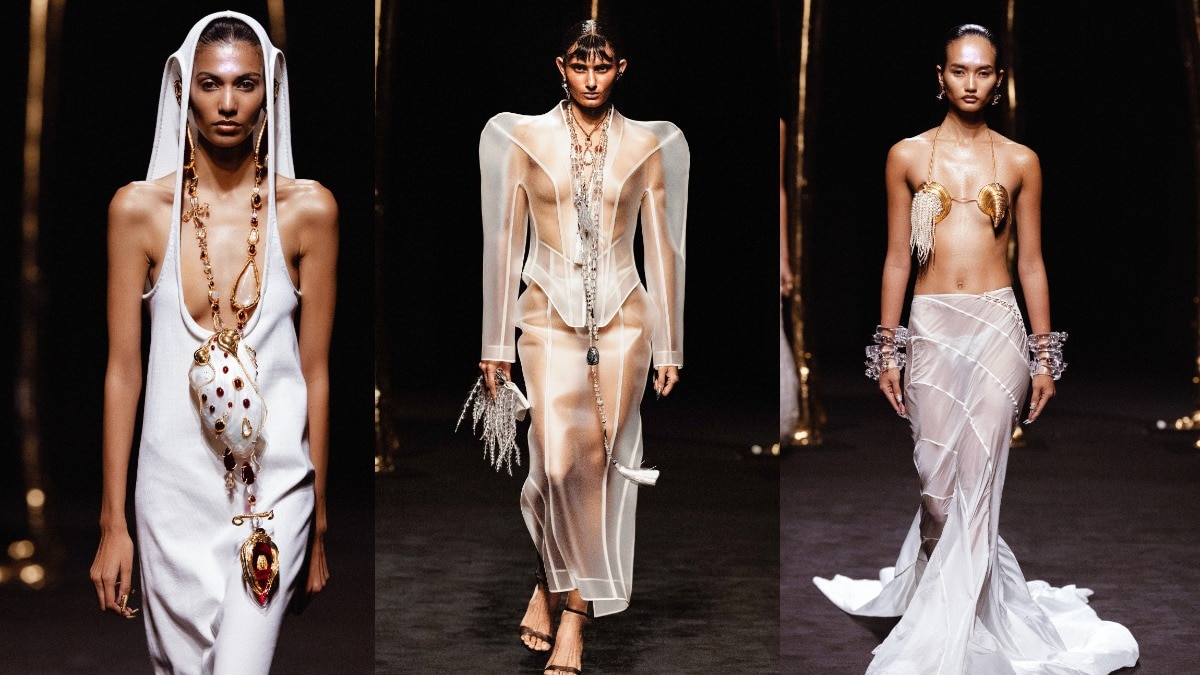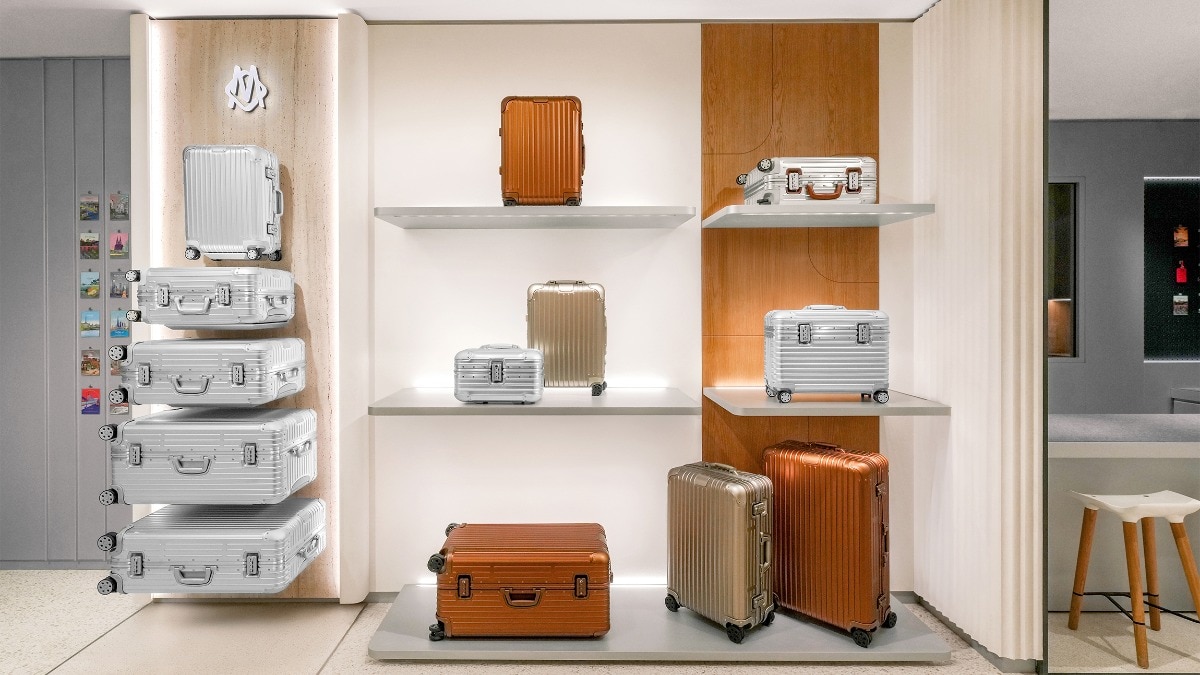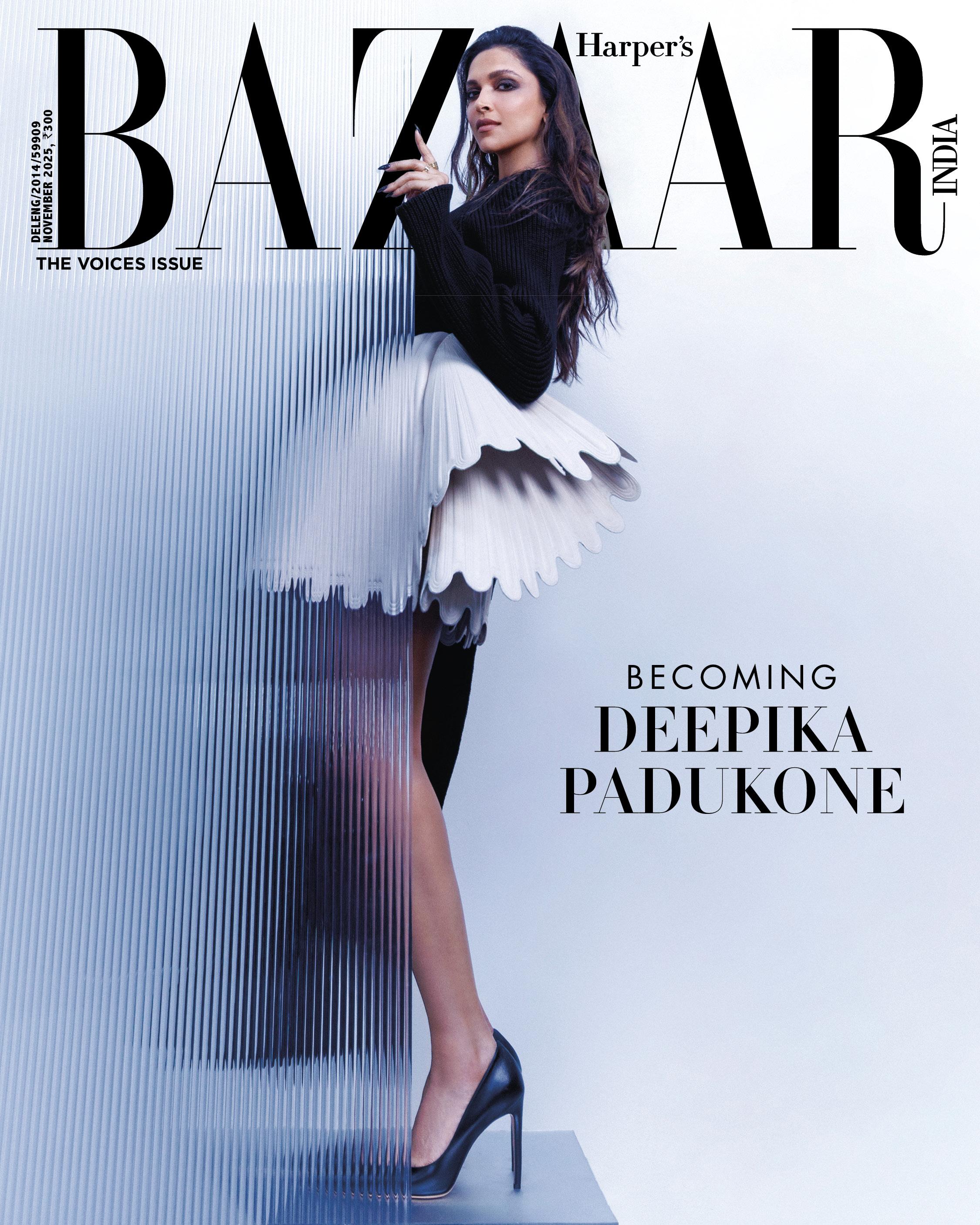
Two decades in, Deepika Padukone talks about success, staying driven, and building her brand
Our November cover star has built a legacy that isn’t loud, but lasting—one that moves with purpose, anchored in truth, and that, perhaps, is her quietest and most powerful voice of all.


I’ve never been one to get nervous around people, yet there is something about Deepika Padukone that makes you pause. She carries that rare blend of calm and command that instantly draws you in. When I joined Bazaar India more than two years ago, I remember saying I wanted to have her on our cover one day, to celebrate her as the global Indian star she has become. Today, I find myself on set, waiting for her.
I haven’t interacted with Padukone much before, just the occasional brief exchange and mostly observing her from a distance, whether on the ramp, on screen, or at some event. What strikes me most about her is the ease with which she moves. There is an aura to her presence, something that reminds you of the old-school film stars. It’s rare now, that combination of grace and mystery. She is there, yet somehow still a little out of reach, almost dreamlike.
Once on set, though, the armour falls away. She is, without doubt, one of the most polite and grounded celebrities I’ve worked with, greeting every person on set, sharing light-hearted jokes, and carrying herself with quiet professionalism. Between shots, she throws in a one-liner that disarms the crew, then turns to the monitor and asks if we should do one more burst. She already knows the answer.

A few weeks later, amidst the chaos of a family wedding, I sneak out to get on a Zoom call with Padukone for our cover story. Dressed comfortably, she joins just after bringing her toddler home from school. Before I can even begin, she eases me into the conversation rather than the other way around. “I’ll keep it free-flowing,” I assure her. She smiles and nods.
Harper's Bazaar: You’ve been working for over two decades now. If you think back to those early years in the spotlight, what captures who you were then, and how have you changed?
Deepika Padukone: Back then, I was almost oblivious. I knew this was where I’d be and what I’d be doing, but I had no clue how I was going to get there. Whether it was walking the ramp for the first time or being on a film set, I was learning. Even now I’m learning, but it’s a different kind of learning. Back then, it was about understanding the basics, the industry, the craft, the medium. Now it’s about how to get better, how to do things differently. The learning never stops; it just evolves. I think I’m a lot more confident today than I was then. At that age there’s so much self-doubt, so many questions about whether you’re doing it right, what people think. Now it’s about being sure of who I am and what I want to do.
HB: It all looked effortless. But what was the reality of it?
DP: Honestly, it all happened so quickly that sometimes it feels like a blur. Technically, I modelled for only two years, and by then the film industry had already started reaching out. But in those two years, I did so much—runway, print, television commercials—that people still remember me as a model. Before I knew it, I was on a film set, and I didn’t even have time to process it. When I look back, I think it all unfolded at the right time. And if I may say so, I handled it pretty well.
HB: My earliest memory of you is you walking for Wendell Rodricks in a flowing white dress. Then, soon after, there was Om Shanti Om (2007). Did one moment lead to the next?
DP: It all happened very fast. Even in those two years of modelling, a lot of producers and directors were pursuing me for movies. But I wasn’t ready for it. I had just started in this world of glamour and show business, and I felt like I needed to settle a little before transitioning. So the movies could have happened almost immediately, but I was politely saying I wasn’t ready. I’m still grateful for those opportunities. The timing of Om Shanti Om felt right.
HB: How has your idea of success, failure, and fulfilment changed over time?
DP: Oh, a lot! When you’re young, success is always about fame and wealth. You see people living a certain lifestyle and think that’s what success looks like. As you grow older, that definition shifts. For me today, success is physical and emotional well-being. Time is our greatest currency—how I spend it, who I spend it with, and having the freedom to decide that. That, for me, is success.
HB: You’ve always chosen your roles carefully. Even when you took up Chhapaak (2020) or went to JNU, those were things most wouldn’t have done publicly. You don’t make noise; you just act. What still drives you in an industry obsessed with numbers?
DP: At this stage in my life, what excites me is the ability to enable storytelling. To give technicians and creators a platform. That’s what feels powerful—that I can make something happen. If I have an idea, I can find writers or collaborate with someone new and bring it to life. Every few days, someone wants to meet or narrate an idea, and I’m open to everyone because you never know where it 138 “At this stage in my life, what excites me is the ability to enable storytelling. To give technicians and creators a platform. That’s what feels powerful—that I can make something happen.” might lead. That’s how Piku happened. Shoojit Sircar wanted to meet, and 10 minutes into the conversation, I knew this was a story we had to tell. Because honestly, how much more fame, how much more success, how much more money? At this stage, it’s not about that anymore. It’s not about the ₹100-crore films, or even the ₹500-₹600 crore ones.
HB: You’ve ticked all those boxes anyway.
DP: And that doesn’t excite me anymore. What excites me is empowering other talent. My team and I are now focused on that—enabling storytelling and supporting other creative minds, writers, directors, and even new producers. That’s what feels meaningful to me now.
HB: You’ve built a brand that’s instantly recognisable but never overexposed. It’s quiet, consistent, and never performative. Were there any non-negotiables in shaping that?
DP: The only non-negotiable is authenticity. Anything that doesn’t feel true to me doesn’t cut. Sometimes people offer a lot of money and think that’s enough, but it isn’t. And the reverse is also true—some things may not be commercially big, but I believe in the people or the message, and I’ll stand by it. Was I always this clear? Maybe not. But I’ve reached that clarity now. Do I sometimes look back and think, ‘What was I thinking?’ Of course. That’s part of learning. Maybe 10 years from now, I’ll question some of today’s choices. But right now, they feel honest.
HB: As an actor and entrepreneur, you’ve taken India to a global stage in a very real way. We hear ‘global Indian’ around you all the time. What does that actually mean to you?”
DP: It’s very simple. To own our roots, our culture, our heritage. For the longest time, we as Indians have been so influenced by the rest of the world. I always questioned that. Why are we copying what’s happening elsewhere instead of leading? And as a talent, I never understood why we have to change who we are to fit someone else’s sensibility. If certain cinemas and talent from other parts of the world are accepted globally, why do we need to dilute ourselves? I see that as a lack of knowledge on the other side, not something wrong with us. So for me, ‘global Indian’ is about being proud of who we are, not apologising for it, and taking that to the world. When Louis Vuitton put up those hoardings in LA with my campaign, I didn’t feel that it was my personal victory. I felt we were finally being seen. And now, when I see Alia as the face of Gucci, Ananya with Chanel, all these girls with global brands, it feels like we’ve arrived collectively. I feel proud of us, not just for me.
HB: Your relationship with fashion is the same as your relationship with fame—measured, instinctive, unperformed. Is it still the same?
DP: It’s still very personal. Sometimes I feel maybe it should be more strategic. But I’ve never chased trends. If something is a trend and I see everyone doing it, I will most certainly not do it. Growing up, there was no concept of airport fashion. It’s just me finding a balance between being well-dressed and comfortable. I come from a generation where people came to you for autographs. There were no camera phones, no social media. Maybe we were the last generation to have some privacy. Now that’s completely changed. I’ve evolved with it. It doesn’t bother me much, except when people are sneaky.
HB: When you spoke openly about your mental health, you didn’t script it for applause. Now, your foundation, The Live Love Laugh Foundation, has since grown into something larger than her story. What are the next frontiers you want to address in mental health awareness?
DP: I remember people calling it brave. I never saw it that way. It was just me being honest about a vulnerable moment. I’ve never been afraid to be vulnerable or to show the chinks in my armour. When I got better, I felt that if I have the power to influence, maybe I should speak, because if someone like me had spoken earlier, it might have helped me identify what I was going through. Awareness and destigmatisation have improved so much. The big gap now is accessibility and affordability. We don’t have enough qualified therapists, counsellors, psychotherapists, and psychiatrists to meet the need. That’s where I want to help.
HB: Your approach to motherhood, like everything else, has been intentional and quiet. Has becoming a mother changed how you view your own?
DP: One hundred per cent. Every cliché is true. When mothers say, ‘You’ll understand when you become one,’ it’s true. I have so much more respect for my mother now. You can plan how you think you’ll navigate work and motherhood, but the reality is very different. I feel strongly about how new mothers need to be supported when they return to work. That’s something I want to focus on.
We’ve normalised overworking. We mistake burnout for commitment. Eight hours of work a day is enough for the human body and mind. Only when you’re healthy can you give your best. Bringing a burnt-out person back into the system helps no one. In my own office, we work eight hours a day, Monday to Friday. We have maternity and paternity policies. We should normalise bringing children to work.
Legacy, for Padukone, is consistency. She has built hers the long way—decision by decision, boundary by boundary, cause by cause. The noise around her, the commentary, the labels of “introverted” or “too private,” have faded into the background. She has outlasted them. Today, her voice shows up in sturdier places: in a foundation that has spent years normalising mental health conversations, in spaces where she pushes for better support for working mothers, in the doors she has opened globally without diluting where she’s from. “I listen to everyone,” she shares. “But I always go with my gut. I tune everything out and ask, ‘Deepika, what feels right to you?’”
That, finally, is the throughline. She doesn’t raise her voice to be heard. Her steadiness, restraint, and clarity have become the work itself. She has built a legacy that isn’t loud, but lasting—one that moves with purpose, anchored in truth, and that, perhaps, is her quietest and most powerful voice of all.
Editor: Rasna Bhasin (@rasnabhasin)
Digital Editor: Sonal Ved (@sonalved)
Photographer: Andrés Jimenez (@andrewjim)
Stylist: Priyanka Kapadia (@priyankarkapadia)
Cover Design: Mandeep Singh Khokhar (@mandy_khokhar19)
Make-up Artist: Anil Chinnappa (@anilc68)
Hair Artist: Yianni Tsapatori (@yiannitsapatori)
Editorial Coordinator: Shalini Kanojia (@shalinikanojia)
Set Design: Janhavi Patwardhan (@artnut_j)
Assistant Stylists: Iram Halai (@iram_halai), Huma Lakdawala (@humairalakdawala)
Deepika is wearing a slash maxi dress and pleated leather skirt from the Cruise 2026 collection; Eyeline pump, all Louis Vuitton (@louisvuitton); LOVE hoop earrings in yellow gold; LOVE Unlimited rings, all Cartier (@cartier)

